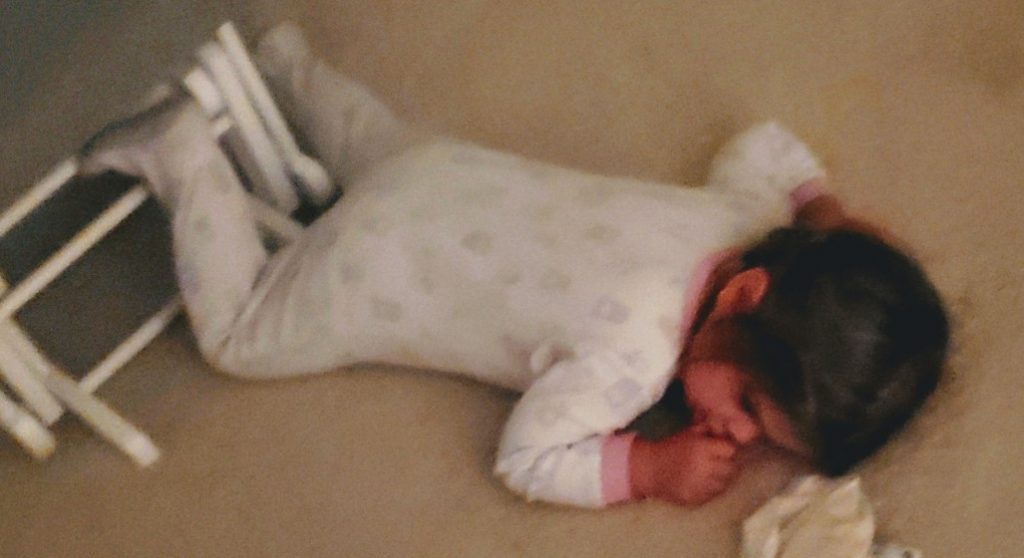
People who get the recommended eight hours of sleep in twenty-four are spending a third of their lives in bed. Granted, things other than sleep happen in bed, but it’s absolutely undeniable that people—and therefore realistic characters—go to bed, sleep more or less well, and get up often. Whether the sleeper spread-eagles across the bed or looks like a soldier at attention, a preferred sleep position can be indicative of character, personality, and even health issues.
Writers take note: it pays to pay attention to your protagonist’s sleep habits.

Sleeping Positions and What They Say About Personality
- The Fetal Position is a favorite: 41% of all people habitually adopt this position at night. It involves curling your knees towards your chest, as if sleeping in the womb.
- Secret Softy is the basic personality type associated with this position. This sleeping position means tough on the outside and soft on the inside. The person may be shy to begin with, though they usually open up and relax quite quickly.
- Left-side sleepers tend to be creative and well-educated.
- Right-side sleepers are more likely to smoke and depend on caffeine.

- The Thinker—much like the fetal position—will sleep curled up but with a hand gently resting on the chin, as if pondering something.
- The personality associated with this position is an Emotional Evaluator. Those who habitually sleep in this position are more emotional than other sleepers, with both positive and negative emotions running high.
- The Log: 15% of people enjoy sleeping in the log position, the second most popular position. To snooze in this position, one sleeps on one side with both arms and legs straight. (It must be comfortable even if it doesn’t look it.)
- Logs are Naturally Carefree people. But conventional wisdom says that those who tend to sleep like this also tend to be social butterflies, friendly, carefree, and popular.
- Writers Note: A trusting nature means also likely to fall into the trap of being gullible.

- The Yearner is also a common sleeping position that involves sleeping on one side with straight legs but arms stretched out, as if trying to reach something.
- Such people are thought to be Complex Characters. People who sleep like this are a bit of a mixed bag, being both open-minded and cynical, inviting but suspicious of new friends and acquaintances.
- “Yearners” tend to make good, reliable friends. Slow and deliberate decision makers, they are often unsure of their own decisions, though they have a firm resolve once they’ve come to a conclusion.
- Soldier Stance, as the name implies, looks like a soldier sleeping at attention, lying on their back with arms straight by their sides.
- Controlled Characters tend to sleep in this position. They will usually be strong, quiet, focused, and reserved.
- They may also expect themselves and other people to adhere to strict moral codes and high standards.
- The Freefall (also called The Skydiver) sleep position makes the sleeper look a relaxed skydiver freefalling through the sky, often with arms wrapped around a pillow while sleeping on their stomach.
- Sleeping in freefall indicates someone who is bold, sociable, and fun, though they may not have the thick skin necessary to deal with criticism or uncomfortable situations.
- They may be anxious, and seek control of situations.

- Spread-Eagled Starfish (sometimes called Mattress Hog), the starfish sleeper spreads arms and legs in a carefree manner over the entire bed surface while lying face-up, is the least common position.
- A starfish is likely to be a flexible friend, willing to listen to anyone who needs to talk or help anyone who needs a hand. Although unconventional, they probably don’t really like to be the center of attention.

- The Stargazer position isn’t the most popular, possibly because it can mean the sleeper gets too cool overnight. The position is a vulnerable one, with stargazers lying on their backs, arms wrapped around their head.
- They are likely to be the Best BFF’s, giving priority to their friends, doing everything they can for those they hold dear.
- Usually, these sleepers will have a happy, easy-going disposition.

- Pillow Huggers are self-described. They hug pillows close to their bodies, and usually have arms and legs wrapped around it in some way.
- Pillow huggers like to get cosy and be cuddled, cherishing the relationships they have with the important people in their lives above all else.
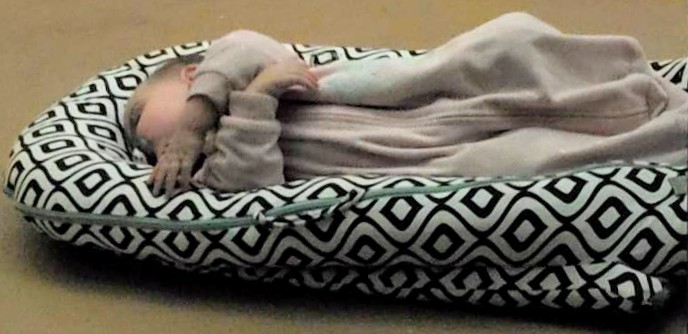
Other Factors Related to Various Positions
Positional Side Effects
- The Log
- Some claim this position, aligning neck and back, makes it one of the best for back and neck pain; others point out the potential for arm numbness, as well as neck and shoulder pain for some people.
- May also put pressure on hip joints, sometimes eased by a pillow between the knees.

- The Soldier
- Unless the sleeper uses too many pillows or sleeps on an uneven surface, this position aligns the neck and spine if not too many pillows. This position can distribute weight evenly across shoulders. Its relationships to acid reflux is unclear. Back sleepers are more prone to snoring, and those with sleep apnea can aggravate the condition by sleeping like this.
- On the other hand, the effects of gravity means it can help prevent the development of wrinkles on beck and face. Dianna Ross once said she trained herself to sleep on her back for that very reason.
- Another reason to train oneself to sleep in this position is to elevate or avoid aggravating injuries, such as broken arms, knee or ankle surgeries, abdominal sutures, shoulder strain, or any other painful event that may have happened to a character.
- The Starfish
- Also a flat back position, the starfish has the same side effects as the soldier. Only 8% of sleepers prefer back sleeping.
- Back sleeping tends to lead to more refreshing sleep, with the least readjusting during the night. May be a good choice for people with arthritis.
- On the other hand, it may aggravate back and neck pain. Back sleeping (keeping face off the pillow) may reduce acne breakouts.

- Freefall/ Skydiver
- Research suggests that this position is one of the worst for health because it puts strain on the neck, back, and spine. It increases the risk of neck and back pain as well as airway blockage. A sleeper can ease stress on neck, upper back, and airways by sleeping face down with a pillow under forehead.
- On the plus side, it also has the the potential to ease snoring and sleep apnea.
- Only 7% of people sleep on their stomach.

- Side Sleepers
- Side sleeping reduces snoring and relieves sleep apnea. It can reduce back and neck pain and carpal tunnel syndrome. Side sleeping helps the brain’s lymphatic system clear waste during sleep.
- Side sleepers are more likely to develop face and neck wrinkles (compared to back sleepers). Consistently sleeping on one side can lead to noticeably asymmetrical wrinkling.
- Sleeping on one’s side may lead to the down-side limbs “going to sleep.”
- Which side matters:
- Left side sleeping is helpful for acid reflux, and it may aid digestion.
- Right side sleeping may lower nervous system activity, reducing heart rate and blood pressure.
- Fetal Position
- Sleepers in the fetal position have the fewest sleep interruptions.
- It’s also the best position for back pain.
- The Thinker shares side effects with the fetal position.
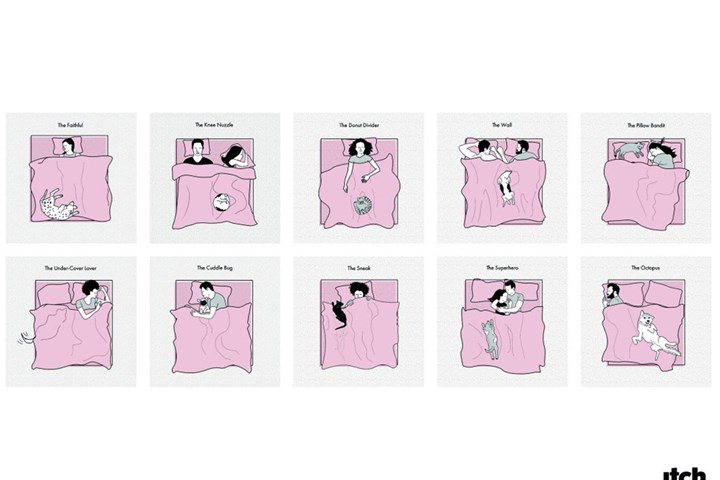
Age
- With age, more people gravitate to a side-sleeping position. This may be related to protecting heart function during sleep.
- As they get older, people move less drastically during the night, move less frequently, and spend more time in a position before moving on to another. Children shift sleep position more than twice as often during the night compared to those 65 and over.
- Sleep position matters more with age. Older people are less flexible and more prone to stiffness and pain.
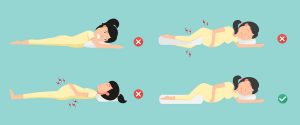
Gender
- Twice as many women as men tend to sleep in the fetal position.
- Pregnant women are urged to sleep on the left side, for reasons mentioned above. Back sleeping can create back pain, breathing problems, and heartburn, lower blood pressure and reduce circulation. The fetal position keeps pressure off the liver.
Dreams
- Right-side sleepers may have fewer nightmares. Disturbing dreams might be lessened by sleeping on the other side.
- Back sleepers are also more likely to have nightmares and to recall less of their dreams.
- Stomach sleepers have more vivid, intense, and sexual dreams. They’re also more likely to have dreams of being immobilized or restrained.
SLEEPING TOGETHER
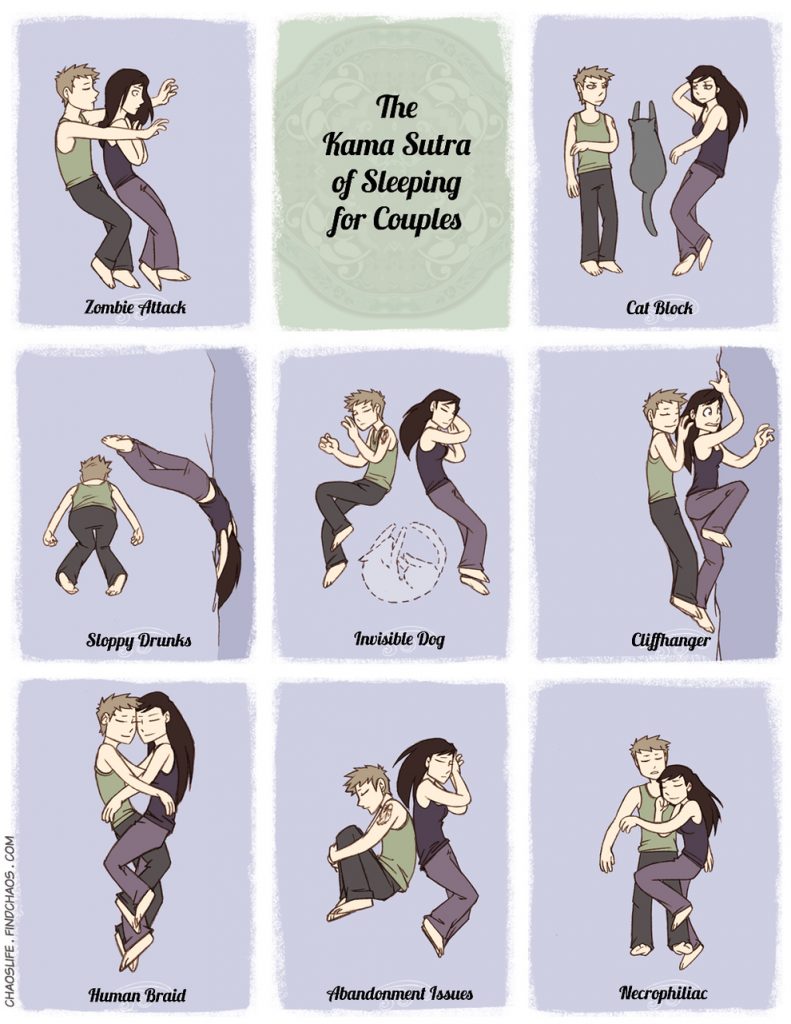
- Spooning is a fairly well known term. It’s where one partner snuggles up behind the other. It’s practiced by about 18% of couples and indicates a dynamic in which one partner takes a protective role with the other.
- The Loose Spoon is exactly what it sounds like, the spoon but with less physical contact. It is typical of couples who start off spooning but relax as the relationship matures. It still says “I’ve got your back,” but is less sexual than spooning.
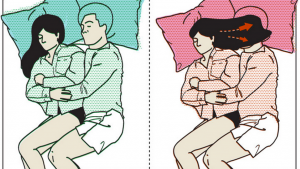
- The Chase is like the spoon, except as the spoonee moves to the edge of the bed, the spooner follows. It might mean that the spoonee wants to be pursuedpursued OR that s/he wants more space. Clearly, these two motivations have quite different implications about the state of the relationship.
- The Tangle is extremely intimate, the partners facing each other, arms and legs entwined. It is most common at the start of a romantic relationship, or in a situation of intense emotion. Couples that maintain the tangle throughout their relationship may be overly enmeshed, too dependent on each other.
- The Unraveling Knot starts as a tangle that lasts about ten minutes, then the two people move apart. It’s a sign of a stronger relationship than the tangle, allowing for both intimacy and independence—the best of both worlds. Only 8% of couples exhibit this two-step style.

- Liberty Lovers sleep back to back, not touching, indicating the people in the relationship are connected and secure, sharing both closeness and independence. It’s relatively popular, the preferred sleeping style for 27% of couples.
- Back Kissers are like liberty lovers except their backs or bottoms touch. It’s more common among newer couples, those who have been together for less than a year.
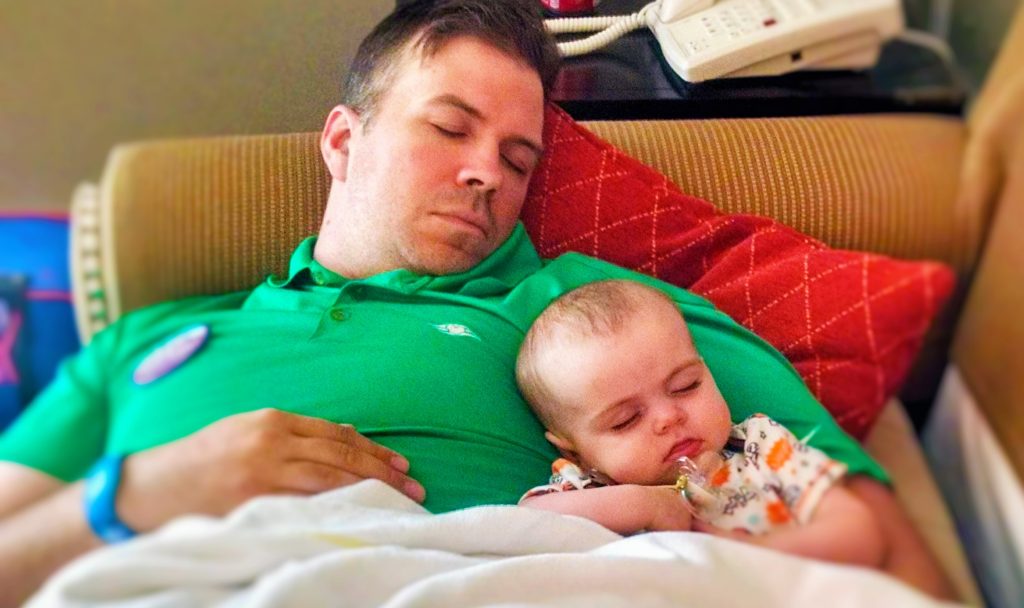
- The Nuzzle involves one partner resting his/her head on the other’s chest, legs often intertwined. It’s often seen in early relationships, sometimes rekindled ones. This is considered a nurturing position that creates a sense of protection and trust.
- The Leg Hug is like playing footsie in bed—one partner’s leg over the other’s. It represents a craving for an emotional or sexual connection. They can’t get enough of each other, and their lives are so intertwined that they function as a pair—taking care of each other, finishing each other’s sentences, etc.
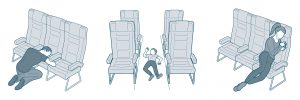
- The Space Hog is when one partner takes the starfish position, indicating selfishness, especially when/if the sprawler pushes the other partner so s/he is hanging off the bed (or falls off). This often indicates a lack of honest conversation. It can demonstrate which partner is dominating the relationship. The person sleeping closest to the headboard tends to feel more dominant and confident, while the one who is farther from the headboard tend to be submissive and have lower self-esteem.
Bottom line for writers: Consider the sleep habits of your characters to make their private lives richer, add tension, and possibly demonstrate intimacy (or lack thereof).

